Did you know that the color and condition of your dog’s gums can give you important clues about her health? Paying attention to these indicators can help you recognize and respond to a variety of canine health problems.
To learn more about canine gum disease and how to prevent it, read our companion article, Unhealthy Gums? It Could Be Canine Gum Disease.
Identify What’s Normal and “Healthy” For Your Dog’s Gums
Regularly check your dog’s gums to understand what’s normal for them and to detect any gum issues when they arise. Lift your dog’s upper lip and check the gum above a canine tooth. This color is your dog’s gum-health baseline, so check it often.
What Color Should Dog Gums Be?
Most healthy dogs have pink gums, but some breeds naturally have dark or black pigment in their gums or the roof of the mouth. The pink of healthy gums is often described as light, powdery, bubblegum, or the color of cooked shrimp.
If your dog’s gums are naturally black, dark, or heavily pigmented, color changes will be harder to detect. Instead, check your dog’s inner eyelids by gently pulling the eyelid down so you can see the color of the eyelid tissue.
You can check your dog’s hydration level by running your finger over the gums, which should be slick, smooth, slippery, or wet, not dry, tacky, or sticky.
Check The Capillary Refill Time Of Your Dog’s Gums
The capillary refill time (CRT) of your dog’s gums can detect illness or dehydration.
To check your dog’s CRT, gently press the gum with an index finger. When you release the pressure, the gum will be white or pale pink, and its normal color should return in 1.5 seconds or less. This return to natural color after you press on the gum is called the capillary refill time.
A slow CRT, such as 2 seconds or more, can reflect dehydration, poor circulation, low blood pressure, or shock. Shock is the most serious of these conditions. If dehydration symptoms are minor, increase your dog’s water consumption. Serious dehydration requires medical treatment such as subcutaneous fluids.
Unhealthy Dog Gum Colors
All of the following are serious conditions that require medical attention:
Blue gums reflect a lack of oxygen in the dog’s blood supply (cyanosis). Pneumonia, congestive heart failure, pulmonary thromboembolism, choking, hypothermia, and other health emergencies can cause this discoloration. A dog with blue gums needs immediate medical attention.
Pale pink or white gums are a danger sign, reflecting acute blood loss or diseases that cause anemia.
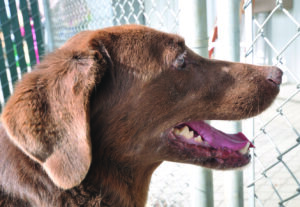
Bright cherry red gums can indicate overheating or heat stroke, carbon monoxide poisoning, elevated blood pressure, or exposure to toxins. All of these require medical attention. For heat stroke, in addition to contacting your veterinarian, act fast to drizzle cool water over the dog, offer water to drink, wet the paws with cold water, and drape a cool wet towel around the head.
Slightly red gums can reflect topical irritation, such as that seen in the aftermath of enthusiastically chewing a new toy, or a mouth infection such as gingivitis. These aren’t medical emergencies, but monitor the symptom and check with your veterinarian if it continues.
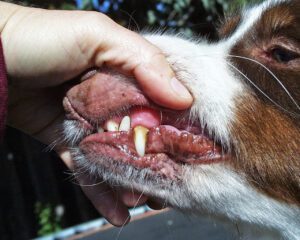
Bleeding gums, especially after brushing or vigorous chewing, could result from gingivitis, growths in the mouth, or sensitivity. Emergency treatment may be needed If bleeding lasts more than 10 minutes.
Yellow gums can reflect liver problems, anemia, and/or the destruction of red blood cells.
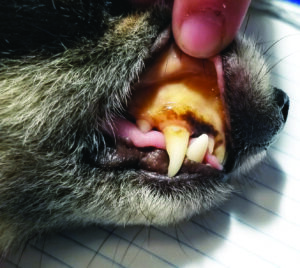
Keep track of gum color changes, understand their possible causes, and report changes to your veterinarian.


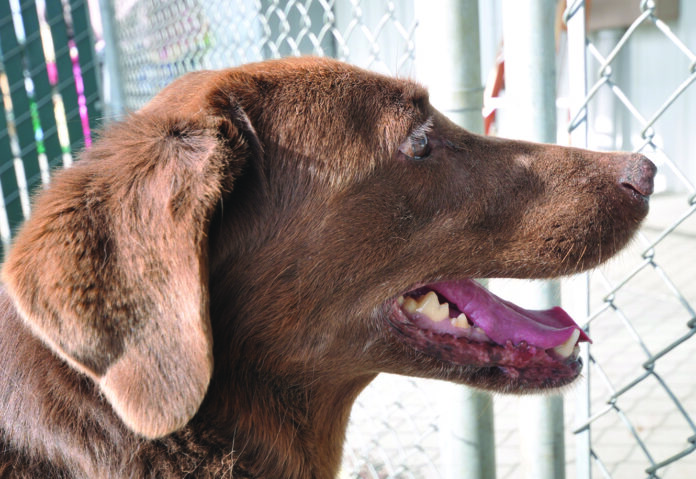
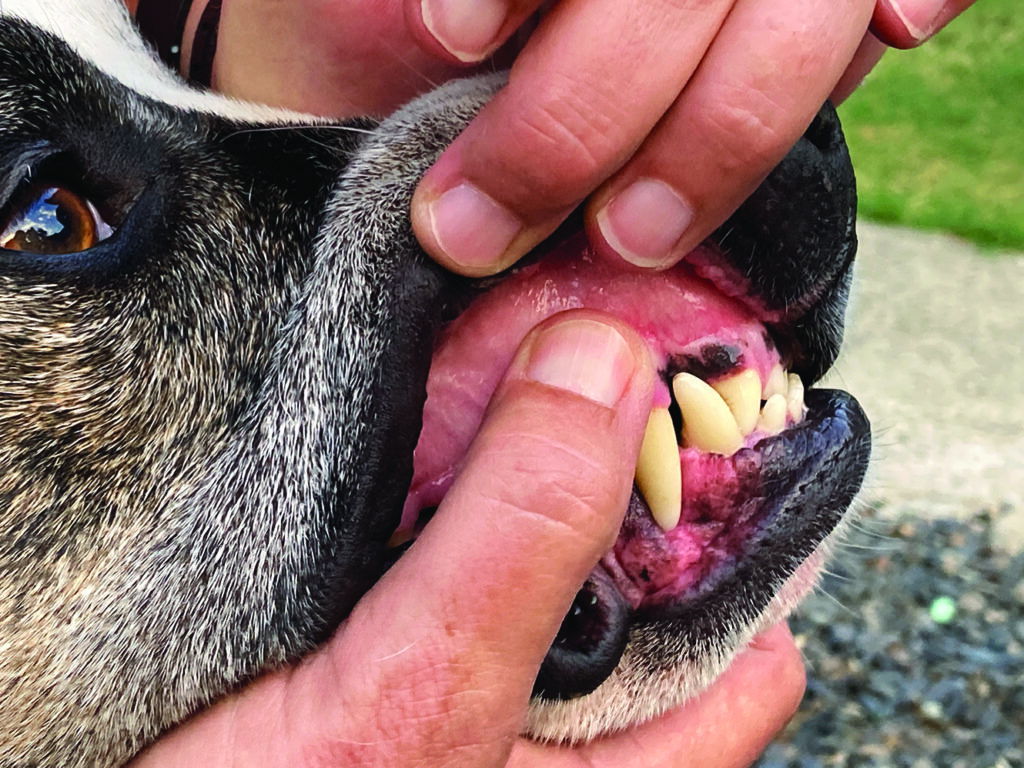




Thank you this is really helpful.info – Luckily I think her gums are fine.